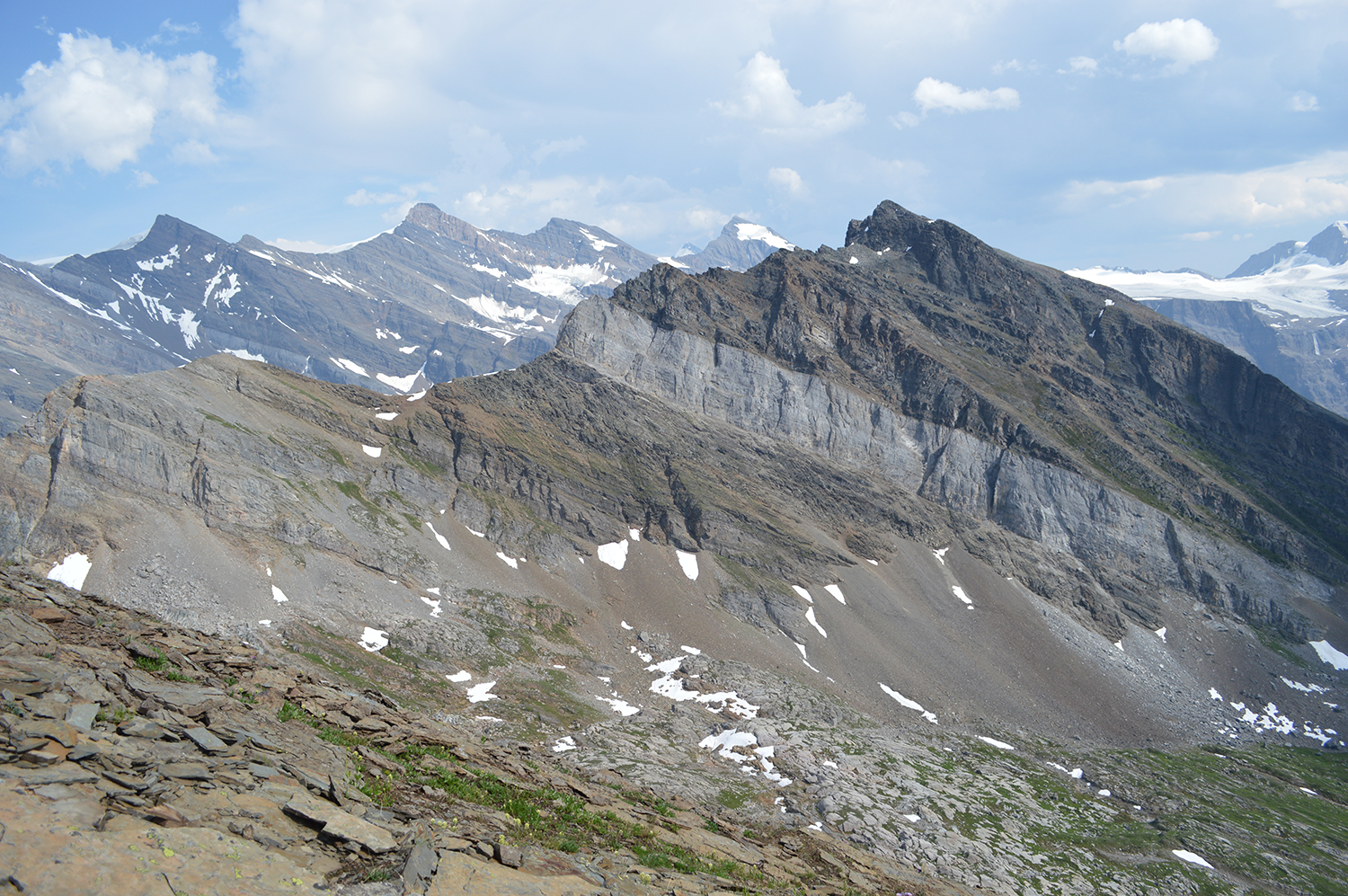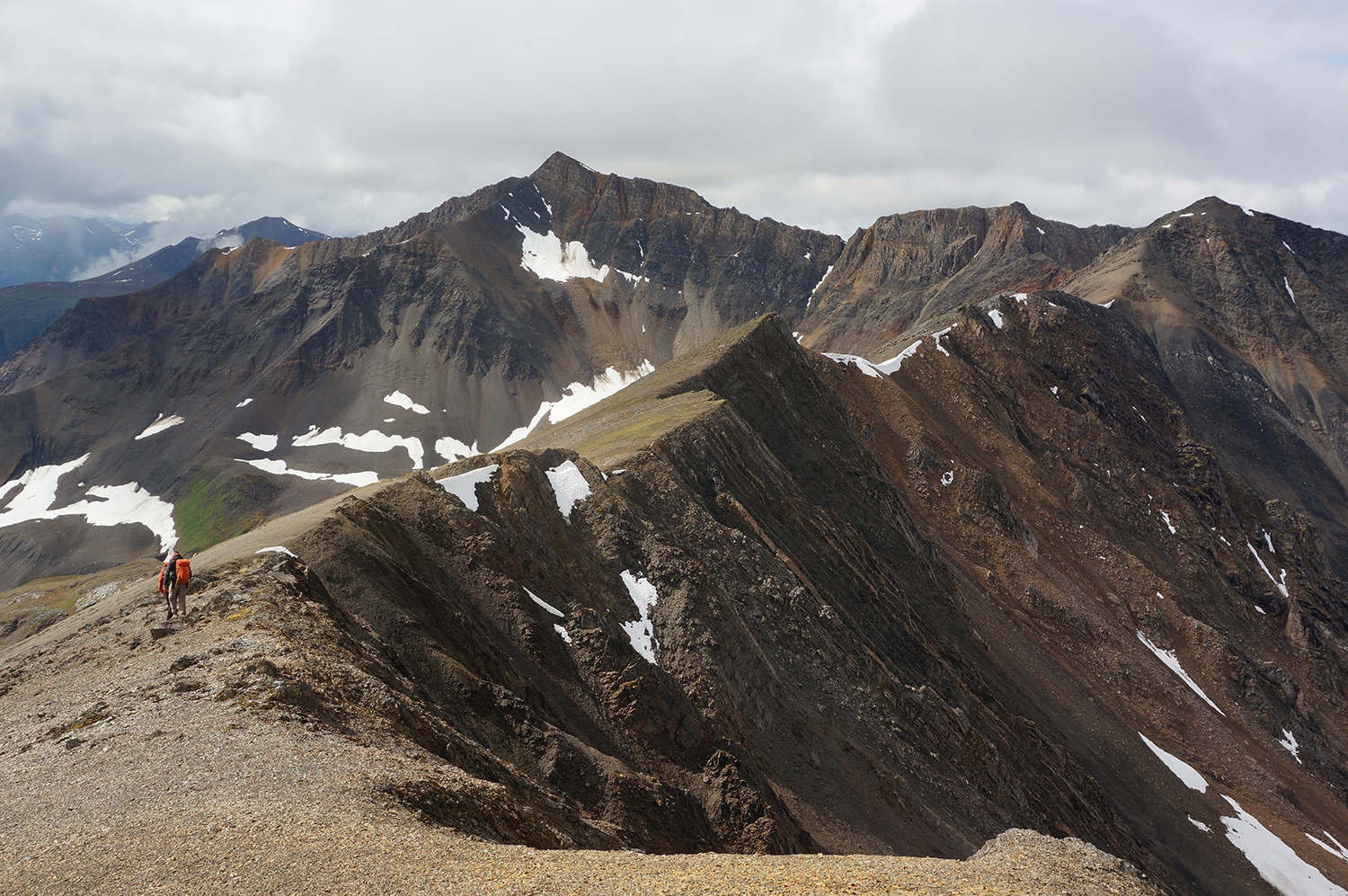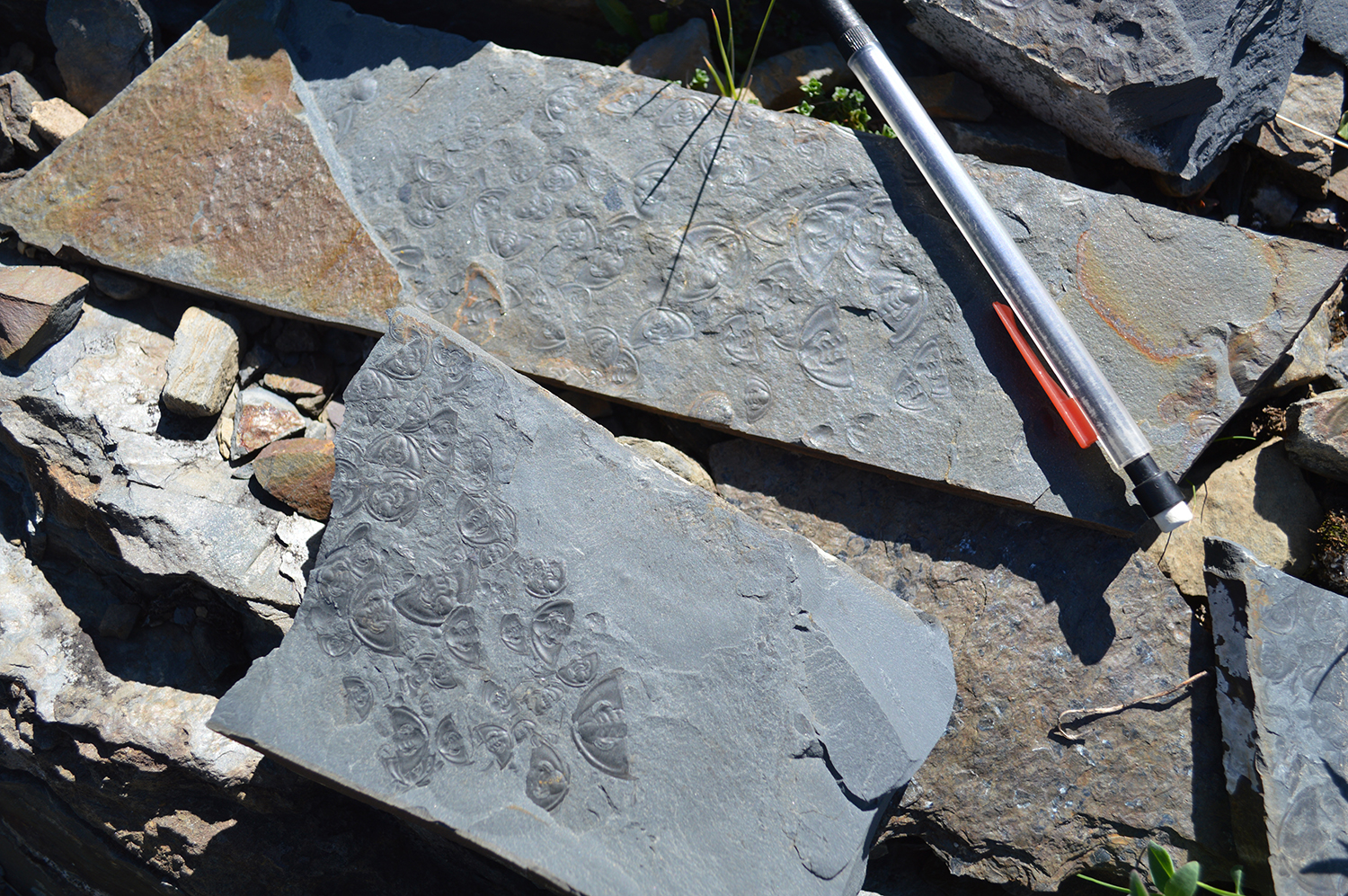The Cambrian explosion, a rapid burst of evolution 540 million years ago, may have been triggered by only a small increase in oxygen levels in Earth’s atmosphere and shallow ocean waters, according to a July 2 study in Nature Geoscience from an international consortium of scientists from more than 50 institutions.
“Cambrian animals likely did not require as much oxygen as scientists used to believe. We found minor increases in oxygenation that are at the correct magnitude to drive big changes in ecology,” said Erik Sperling, associate professor of Earth and planetary sciences at the Stanford Doerr School of Sustainability, who leads the consortium.
The study reconciles conflicting data sets from around the world and provides the clearest evidence so far that only a small increase in oxygen occurred around the time of the Cambrian explosion. Moreover, the researchers found evidence that oxygen levels in the deep ocean did not approach those in modern seas until about 140 million years after the Cambrian explosion – much later than previously thought.
“There was at least some increase in atmospheric oxygen around 540 million years ago, which impacted the oxygen availability in shallow marine environments where most marine biodiversity was hosted,” said lead study author Richard Stockey, PhD ’22, a University of Southampton paleobiologist who worked on the research as part of his doctoral thesis in Sperling’s group at Stanford. “But from a global perspective, we didn’t see the full oxygenation of the oceans to near modern levels until about 400 million years ago, around the time that we see the appearance of large forests on land.”

Cambrian rocks in the Mural Formation in Jasper National Park in Alberta, Canada. | Erik Sperling
Just enough oxygen
For decades, scientists have theorized that the Cambrian explosion was prompted by a sudden rise in atmospheric oxygen, which brought oxygen in the ancient ocean close to modern levels. But evidence for this has been scattered and, in some cases, contradictory.
“It’s one of these major evolutionary questions,” said Sperling. “We have 4 billion years of evolutionary history where not much is showing up in the rock record, and then within 20 or 30 million years, we get this burst of new body plans.” In a geological blink, animals evolved hard shells, primitive backbones, and other precursors to life forms we see today.
Cambrian animals likely did not require as much oxygen as scientists used to believe. We found minor increases in oxygenation that are at the correct magnitude to drive big changes in ecology.”Erik SperlingAssociate Professor of Earth and Planetary Sciences
While the researchers found only a small increase in atmospheric oxygen at the time of the Cambrian explosion, it may not have taken much to propel the evolutionary leaps seen in the fossil record. Most animals were living in shallow water at the time, and mixing caused by wind and waves would have oxygenated these areas even as the deeper ocean remained unchanged.
“It’s not a huge increase in oxygen, but it might be enough to cross critical ecological thresholds, based on what we see in modern areas with naturally low oxygen,” Sperling said.

Black shales in the Ediacarian Nadaleen Formation in Yukon, Canada. A Stanford-led consortium of scientists studied black shale archives through geological time and determined that oceans reached modern levels of oxygenation in the Devonian period, around the time of a rapid diversification of plant life on land. | Jared Gooley
Unearthing the answers
To investigate changes in oxygen over 700 million years of Earth’s history, Stockey and Sperling examined data showing levels of the metals uranium and molybdenum in black shale, a sedimentary rock formed in low-oxygen or anoxic (no oxygen) environments on the bottom of ancient oceans.
In low-oxygen environments, these trace elements get pulled out of the seawater and accumulate in sediment. If large swaths of the ocean are anoxic, the amount of molybdenum and uranium in black shale should be low, because these scarce metals are being continuously pulled out of seawater and buried across a large area. If, on the other hand, there are only a few anoxic areas in the ocean, more molybdenum and uranium are available in the seawater and should be concentrated in black shale in higher amounts.
Previous research has found an increase in trace metal concentrations in black shale right around the time of the Cambrian explosion. However, other signals can interfere with these concentrations, Stockey said. Local increases of organic carbon in black shale, for example, can increase the amount of molybdenum and uranium that is present in a particular sample. Stockey applied statistical and machine learning techniques to analyze geochemical data from black shale samples at a much larger scale and tease apart the signals in the rocks. Then he used oceanographic models to estimate oxygen levels in Earth’s atmosphere and sea.
“We found that changes in organic carbon in black shale have driven a lot of the changes in trace metals that scientists have been seeing for the last 15 or 20 years,” said Stockey. “It’s not until 140 million years after the Cambrian explosion, in the Devonian period, that we see trace metals increasing at a rate that would indicate whole ocean oxygenation.”

Fossil trilobites from the Cambrian Mural Formation in Jasper National Park in Alberta, Canada. | Erik Sperling
A consortium for geochemical data
The black shale data were compiled as part of the Sedimentary Geochemistry and Paleoenvironments Project, a research consortium launched by Sperling in 2015 to bring together geochemical data in a standardized database for large-scale analysis. While this consortium approach of compiling, reconciling, and analyzing data is common in other fields – Sperling took inspiration from how biomedical research consortia study diseases – this consortium is the first of its kind in geology.
“It’s a very different approach than we’ve used in the field before,” Sperling said. “Each individual research group, including ours, is still going out to the field and getting a snapshot of what’s going on, but then we need to all come together to analyze things.”
The analytical toolkit that Stockey developed for this work could help researchers understand not only ancient oxygen levels but also temperature, food supply, and other potential drivers of early evolution. Consortium members are also collecting new data to fill in periods of geologic time that are undersampled and conducting analyses that expand into older and younger time intervals.
“To harness the power of these more advanced data science approaches, particularly for geological data, we need everyone to be speaking the same language,” Stockey said. “This community-driven data science approach has allowed us to be way more confident about how we reconstruct Earth’s evolution in space and time.”
For more information
Sperling is a member of Stanford Bio-X and a senior fellow of the Stanford Woods Institute for the Environment.
Additional Stanford co-authors of this research include postdoctoral scholar Christina R. Woltz and PhD student Samantha R. Ritzer from the Stanford Doerr School of Sustainability’s Department of Earth and Planetary Sciences. Thomas H. Boag, PhD ’20, and Malcolm S.W. Hodgskiss, PhD ’20, worked on the research as doctoral students in Sperling’s lab in the Department of Geological Sciences, now called the Department of Earth and Planetary Sciences. Boag is now affiliated with Columbia University and Hodgskiss is now affiliated with UNESCO.
Additional co-authors are affiliated with the Georgia Institute of Technology; Trinity College Dublin; Durham University; University of California, Santa Barbara; The Australian National University; University of Southern Denmark; China National Petroleum Corporation (Petrochina); Chengdu University of Technology; Woods Hole Oceanographic Institution; Carleton University; Mississippi State University; University of Copenhagen; Harvard University; University of São Paulo; Geological Survey of Canada; University of Wisconsin-Milwaukee; CGG; Pomona College; Yale University; Virginia Polytechnic Institute and State University; George Mason University; Kansas State University; Université de Toulouse; McGill University; Lund University; Johns Hopkins University; The University of Texas Permian Basin; University of Calgary; Geological Survey of Norway; University of Cambridge; Northern Territory Geological Survey in Australia; Staatliches Museum für Naturkunde Karlsruhe; Fortescue Metals Group Ltd; University of Portsmouth; GFZ German Research Centre for Geosciences; The University of Texas at Austin; Department of Water and Environmental Regulation in Australia; University of Wisconsin-Madison; University of Leeds; Western Carolina University; Dartmouth College; Federal University of Minas Gerais; University of Edinburgh; and The University of Texas at Dallas. This work was funded by the National Science Foundation and the American Chemical Society.
Erik Sperling, Stanford Doerr School of Sustainability: esper@stanford.edu
Richard Stockey, University of Southampton: R.G.Stockey@soton.ac.uk
Josie Garthwaite, Stanford Doerr School of Sustainability: (650) 497-0947, josieg@stanford.edu